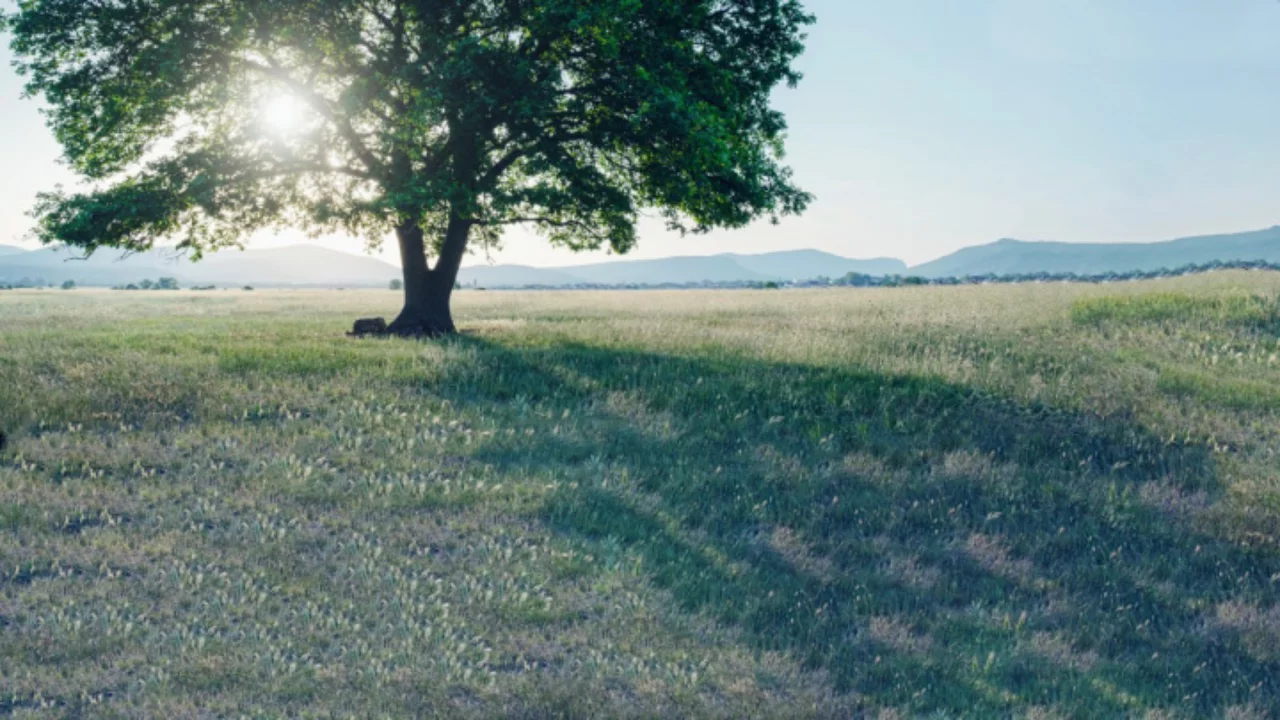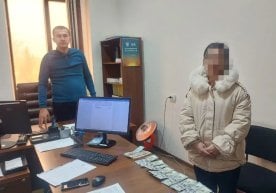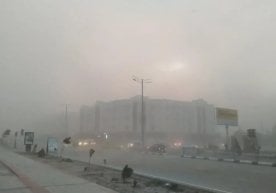
During the past week in Uzbekistan, extremely high temperatures, an anomalous heat wave, and dry air were observed, which became a real test not only for people, but also for nature, flora, and fauna. For several days, the temperature remained around 45–47 degrees, which had serious consequences not only for meteorology but also for the agricultural sector.
However, the good news is that from July 8, weather conditions will begin to moderate across the country. The heat waves will subside and will be replaced by cooler, air-current-rich moderate weather. This will allow both people and nature to breathe more easily.
According to Abdullakhotov, over the next 10 days, Uzbekistan's weather will be influenced by three air flows: two from the peripheral parts of anticyclones and one from a weak low-pressure system carrying heat. These three factors will interact to cause daily fluctuations in temperature.
In particular, cooler weather is expected for the first two days. Nighttime temperatures may drop to 18–21 degrees. Then, during the next four days, partial strong heat may return, but it will not reach the levels of last week's abnormal heat. Air temperatures may rise to 38–40 degrees, which is still acceptable within seasonal climate norms.
After that, another several-day period of more moderate and cooler weather is expected. In short, the second ten-day period of July will be relatively stable and tolerable for both nature and people.
The previously recorded anomalous heat, especially from July 2 to 5, set new historical records. For example, the Mashikuduk station in the Navoi region recorded +47°C, while desert stations in Bukhara recorded temperatures above +46°C. Some observation stations even exceeded their historical maximums.
This heat wave reportedly caused various damage to agriculture. Crop yields in cotton growing, horticulture, and viticulture may have significantly declined. Particularly in some districts of Bukhara, Kashkadarya, Khorezm, Surkhandarya, and Samarkand regions, losses in fruit trees and cotton yields may reach 30–40 percent.
Climatologists emphasize that part of this active heat is linked to climate change. However, it is still unknown how many more times this situation could repeat during the year. Nevertheless, there is hope for a short break after nature’s “hot breath.”
For farmers, gardeners, and dehqons, the upcoming moderate weather provides a chance to restore crops, implement water-saving measures, and minimize damage. But for this, attention must be paid to weather forecasts and climate signals, and meteorological data should be used effectively. Read “Zamin” on Telegram!
Ctrl
Enter
Found a mistake?
Select the phrase and press Ctrl+Enter Related news
Information
Users of Меҳмон are not allowed to comment this publication.
Users of Меҳмон are not allowed to comment this publication.













